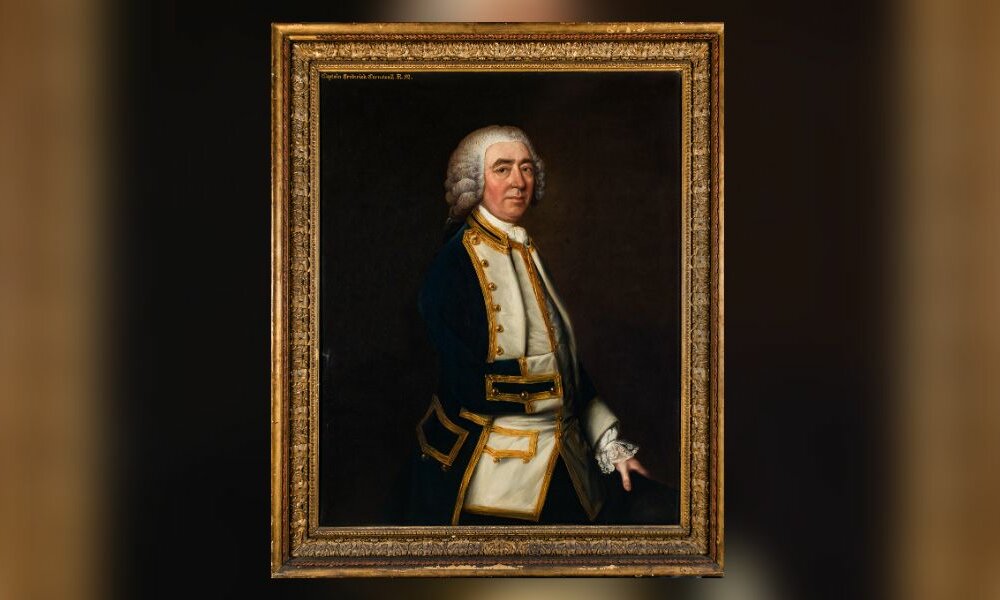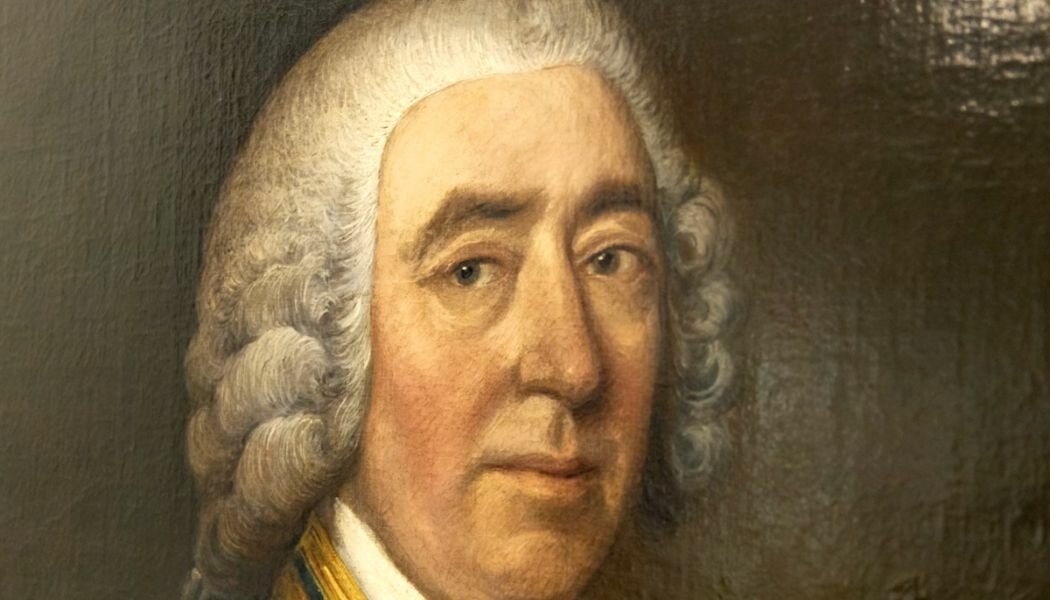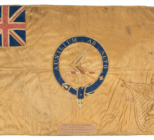A portrait of Captain Frederick Cornewal, which first entered the Royal Museums Greenwich collection in 1960, has been identified as having been painted by artist Thomas Gainsborough.
The painting had been previously recorded as a Gainsborough, but in 1960 as the painting entered the collection, its then curator had not deemed it of a high enough quality.
It was subsequently attributed to an unknown artist and has been in storage for at least three decades.

Recent research into the 1762 painting, by art historian Hugh Belsey and Royal Museums Greenwich curators, has led to the reattribution to the famed eighteenth-century artist.
Belsey had initially discovered a photograph of Cornewall’s portrait from the early twentieth century when the painting was owned by the London dealers, Agnew’s. He then traced the painting through several sales to the collector, Edward Peter Jones, but the trail went cold.
Last year, when Belsey’s friend was looking through the illustrated catalogue of the National Maritime Museum’s collection, Belsey was made aware that the painting may be in the RMG collection and requested an inspection, before identifying it as a Gainsborough.
Belsey said: ‘I have been studying Gainsborough’s works for over forty years and during that time I have taken every opportunity to look at as many paintings and drawings as possible. I am delighted that this splendid portrait is now identified as a fine early work by Gainsborough.”
Royal Museums Greenwich said urgent treatment is needed as the paint layer is loose and there is flaking in some areas.
Fundraising has begun today to conserve the painting and frame it for display. A crowdfunding campaign is now aiming to raise £60,000 towards the conservation, before its display at the Queen’s House in Greenwich.
Curator Katherine Gazzard said: “We are excited about sharing the painting with the public, but it is currently too fragile for display. The fundraising campaign will enable us to perform the remedial work that the portrait desperately needs.”










